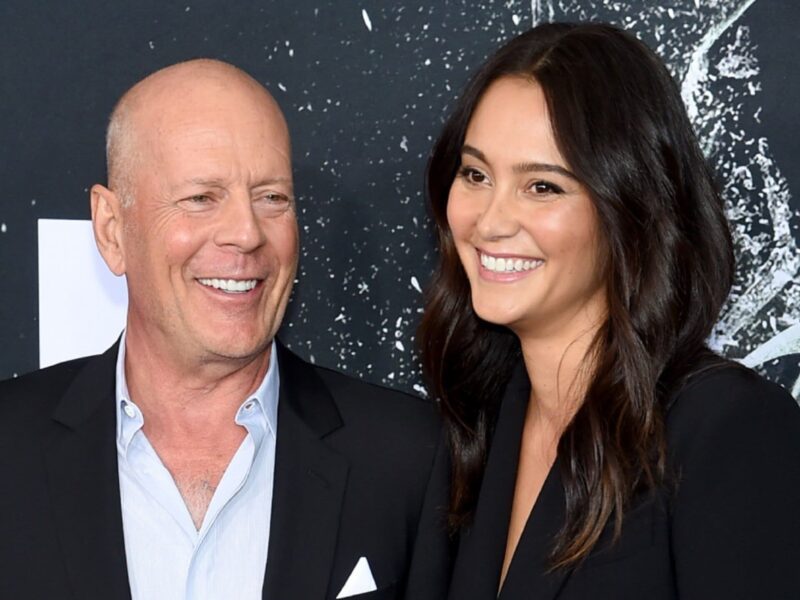
Learn how to infuse your characters with purpose
What are some of the most well-loved characters in cinematic history? On any list, you can be sure to find one created by story powerhouse Pixar. Unless you’re a psychopath or made of stone, it’s impossible to watch a Pixar film and not become entirely invested in the main character’s purpose & plight. How do they achieve this? One simple but effective rule:
Don’t give your characters what they want, but what they need.
Your protagonist has a strong desire – but lacks something required to get the object of that desire. This lack is what makes a character truly relatable and real to an audience. The hero is often completely unaware of this need and, even if they achieve his or her main goal, will never be truly fulfilled without it.

In the Pixar classic Finding Nemo, Marlin wants to be a good father and find his son, Nemo. When Marlin sets out to achieve this, we discover what he truly needs: to let go of his fear. It’s this fear that makes Marlin believe Nemo is dead and almost give up. After Marlin and Nemo are reunited, Marlin gets what he wanted, but he is then forced to let go of his fear so that Nemo can rescue Dory. By achieving his need as well, Marlin is able to be a better father and truly connect with Nemo.
If you’re a writer, the “Want vs. Need” rule is key to writing a memorable and compelling protagonist.
Here are some other examples of Pixar using this rule to make audiences emotionally connect and/or bawl their eyes out.

Up
Carl wants to fly away to the wilderness in memory of his late wife. What he needs is to let down his walls and open his heart again.
Inside Out
Joy wants to keep Riley happy at all costs. What she needs is to accept that sadness is a crucial part of life.

Woody wants to get back to Andy and be his favorite toy. What he needs is to learn how to work in a team.

Sometimes, when the hero gets what he or she needs, the desire changes or disappears altogether.
For example, in Frank Capra’s classic holiday film It’s a Wonderful Life, George wants to escape his reality, but what he needs is to be cognizant of the good things already in his life. Or, in The Devil Wears Prada, Andrea wants to get ahead by being the best assistant, but what she needs is to stand by her principles.
In Die Hard, John McClane wants to defeat the bad guys, but he needs to remember why his family is important. Even in Thor, a superhero movie, the hero wants to become king, but needs to learn humility and compassion.

You’ll notice the character’s desire is usually an object or status, something physical or easy to see and aim for. The need is something more hidden and indirect, often a realization that helps one see one’s true self and transform.
Your plot will tell you plainly what your character wants. Sussing out your characters’ needs effectively is what will make them true heroes in your audience’s hearts.







